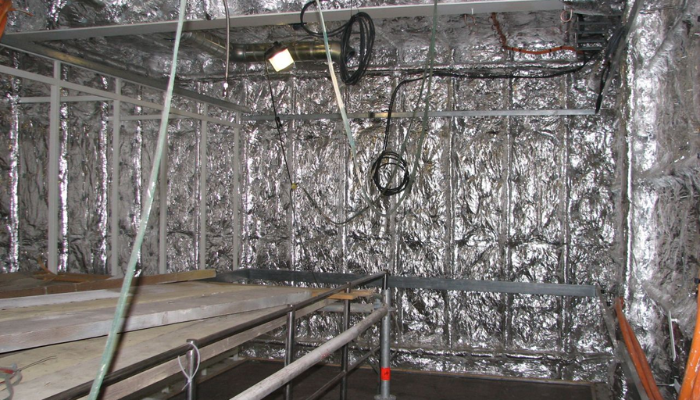Steel buildings are popular in many industries due to their durability, affordability, and low maintenance requirements. However, their energy efficiency can be a concern, particularly in extreme weather conditions. Insulating your steel building is an effective way to regulate the temperature and maintain a comfortable indoor environment while reducing energy consumption. This article will provide tips for maximizing energy efficiency for steel building insulation.
Understanding Steel Building Insulation
Insulating your steel building refers to adding a material layer to prevent heat transfer between the interior and exterior of the building. This layer helps maintain a consistent temperature inside, reducing the need for heating or cooling systems and energy consumption.
Batt insulation and spray foam insulation are the two most commonly used types of steel buildings. Batt insulation consists of fiberglass blankets that are cut to fit between the steel framing, while spray foam insulation is applied to the steel framing in a liquid form and expands to create a solid layer. Both types of insulation can provide excellent energy efficiency, but some key differences exist.
Choose the Right Type of Insulation
Choosing the right type of insulation for your steel building is crucial for maximizing energy efficiency. Spray foam insulation has a higher R-value per inch than batt insulation, which means it can provide better insulation with a thinner layer. It also has better sound-deadening qualities, making it an ideal choice for buildings with high noise levels. On the other hand, batt insulation is easier to install and can be more cost-effective.
Consider the Climate
The climate in which your steel building is located is another important factor to consider when choosing insulation. Buildings in colder climates require insulation with a higher R-value to maintain a comfortable indoor temperature. In contrast, buildings in warmer climates require insulation with a lower R-value to prevent heat buildup inside.
It is crucial to consider the location of the building in relation to the sun. Buildings facing south will receive more sunlight and require more insulation to prevent heat buildup, while buildings facing north may require less insulation.
Seal Air Leaks
Air leaks can significantly reduce the effectiveness of your insulation, leading to energy waste and higher bills. Common areas where air leaks can occur in steel buildings include windows, doors, and gaps between the steel framing. Sealing these gaps with weatherstripping or caulking can prevent air leaks and improve energy efficiency.
Properly Insulate the Roof and Walls
The roof and walls are the most significant areas of a steel building that require insulation. Insulating the roof is particularly important, as heat rises and can escape through an uninsulated roof. The walls also need to be insulated to prevent heat loss in cold climates and heat buildup in warm climates.
Maintain Your Insulation
Insulation can become less effective over time if it is not maintained properly. Inspect your insulation regularly for signs of damage, such as mold, moisture, or compressed insulation. Replace damaged insulation immediately to maintain the highest level of energy efficiency.
Steel building insulation effectively maximizes energy efficiency, reduces energy consumption, and maintains a comfortable indoor environment. Choosing the right type of insulation, considering the climate, sealing air leaks, properly insulating the roof and walls, and maintaining your insulation is essential to achieving the best results. By following these tips, you can improve the energy efficiency of your steel building and save on energy costs in the long term.











Comments